A big topic in recent music inquiry is that of cultural appropriation. The viewpoint is that when a composer borrows musical elements that do not belong to their culture, especially when displaying them as exotic, then the result is a sort of cultural imperialism. The classical tradition has taken music from its original context and taken advantage of its merits, in a way deeming it subservient to some Austro-Germanic heritage we keep perpetuating. The claims of this argument perhaps have merit when we look at infamous examples such as Paul Simon’s use of African musicians who were basically paid nickels of the millions of dollars earned on his record Graceland. But to condemn musical borrowing is to condemn most if not all traditions in music, for it is the great melting pot and dialogue of world culture. It is very possible to assert that most music traditions of today were influenced by other cultures and that many explicitly borrowed from others, whether it be violins in India, timpani in Western Europe, African drumming styles in Steve Reich’s music, didgeridoos in electronic music, and so on. The issue becomes much more complex when we realize that the bagpipe is not only a Scottish instrument, the harp not only of the Irish, and the fiddle the “national” sound of many countries of Europe and the United States. Then we find that music in Latin America often includes at least three influences in all its music: European music, African music, and pre-Columbian music (in that order). And to ignore that fact that most popular music styles today take elements of folk, jazz, blues, R&B, and so forth (which have been blending, mixing, and matching throughout the last century) is untenable. We would especially have to condemn hip hop and its offshoots for taking and remixing actual samples of music, including some from classical music in addition to early jazz and contemporary artists. Some say that everything is a remix, and this means that everything is so-called cultural appropriation.
Nevertheless, for the conscious composer, borrowing of any nature carries associative baggage, for better or for worse. When a listener hears a melody or rhythm from another artist, style, or tradition, their mind will conjure up some image (be it aural, visual, or a Wikipedia entry on the topic) that paints their perception. For example, every augmented second emphasized in a piece will conjure up some association, which might be Spanish, or Jewish, or Egyptian, or Middle-Eastern, or Eastern European or… (you get the point). Pentatonic-based music makes for an even wider catch of associations, with the most subtle nuances moving one’s mind from China to Bali to Native American to Morocco (the Peer Gynt Suite’s “Morning Mood” is about Morocco!). A composer with a courageous ear—having heard the world over (popular, classical, world, experimental, etc.)—will know the connotations of their music and be sensitive to how they either jump all in or keep cultural shading subtle. With great talent, the fusion of disparate musical elements creates a synthesis that further empowers the virtues of the individual styles in a whole that transcends the parts. While the idea of cultural appropriation might be taboo (and I am all for respecting cultures that are not my own and have quite a bit of experience with wonderful friends from around the world and from very different circumstances than mine), I happily express my guilt by association. I steal (or have stolen) from the following (with subtlety or overtly): Stravinsky, rock, prog. rock, some Classical aesthetics, some Romantic aesthetics, jazz, Debussy, electronic pop music, new wave, Medieval and Renaissance motets, Berio, Latin dance musics (including African drumming patterns), Tom-and-Jerry type music, church hymn music, Kodaly, Mongolian folk music, minimalism (only a little bit), every teacher I have studied with, experimental trends, Haydn (especially in wit and silence), and so on. May we all continue a fruitful musical dialogue built on the shoulders of the rich cultural associations across the globe.

